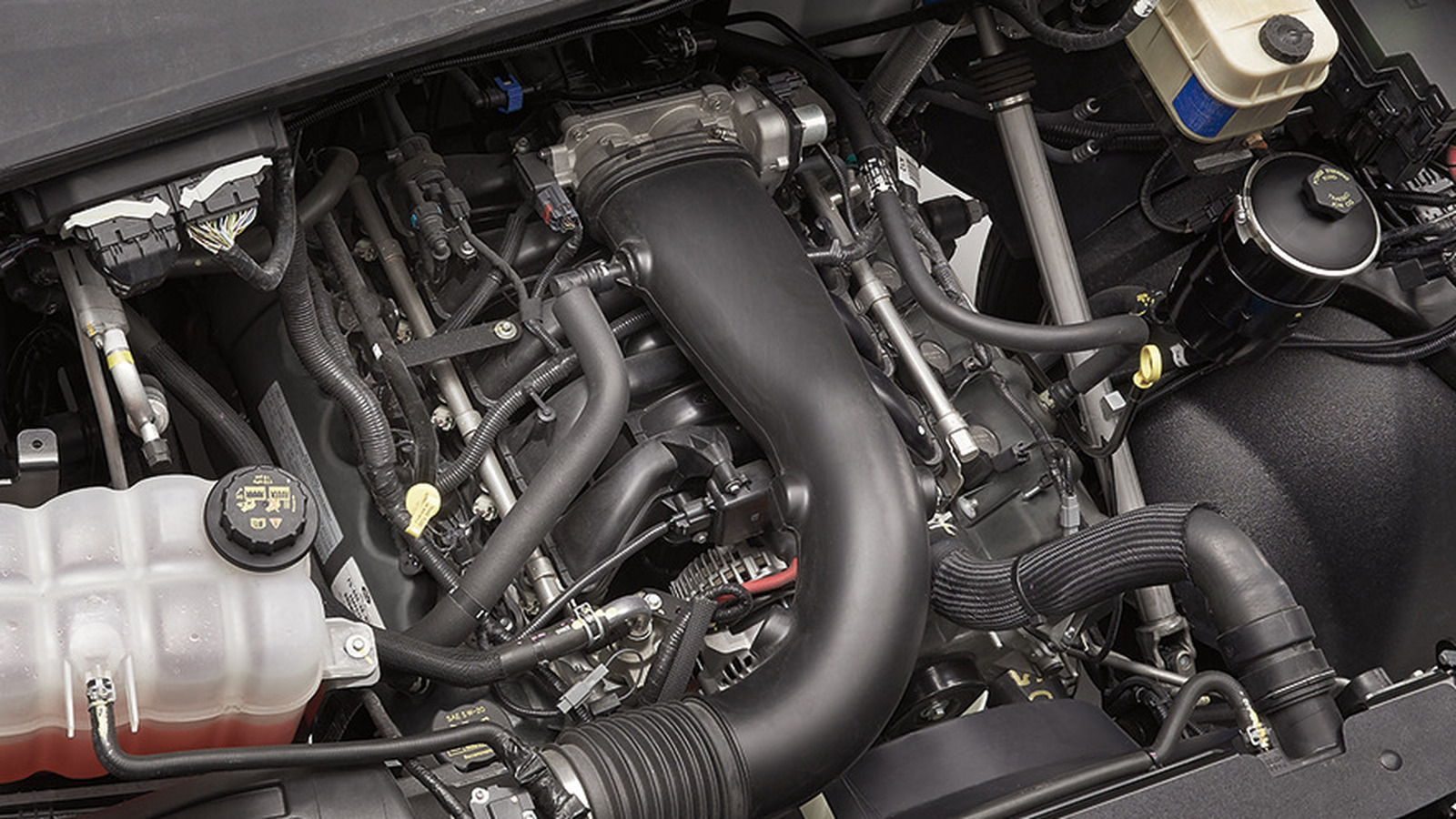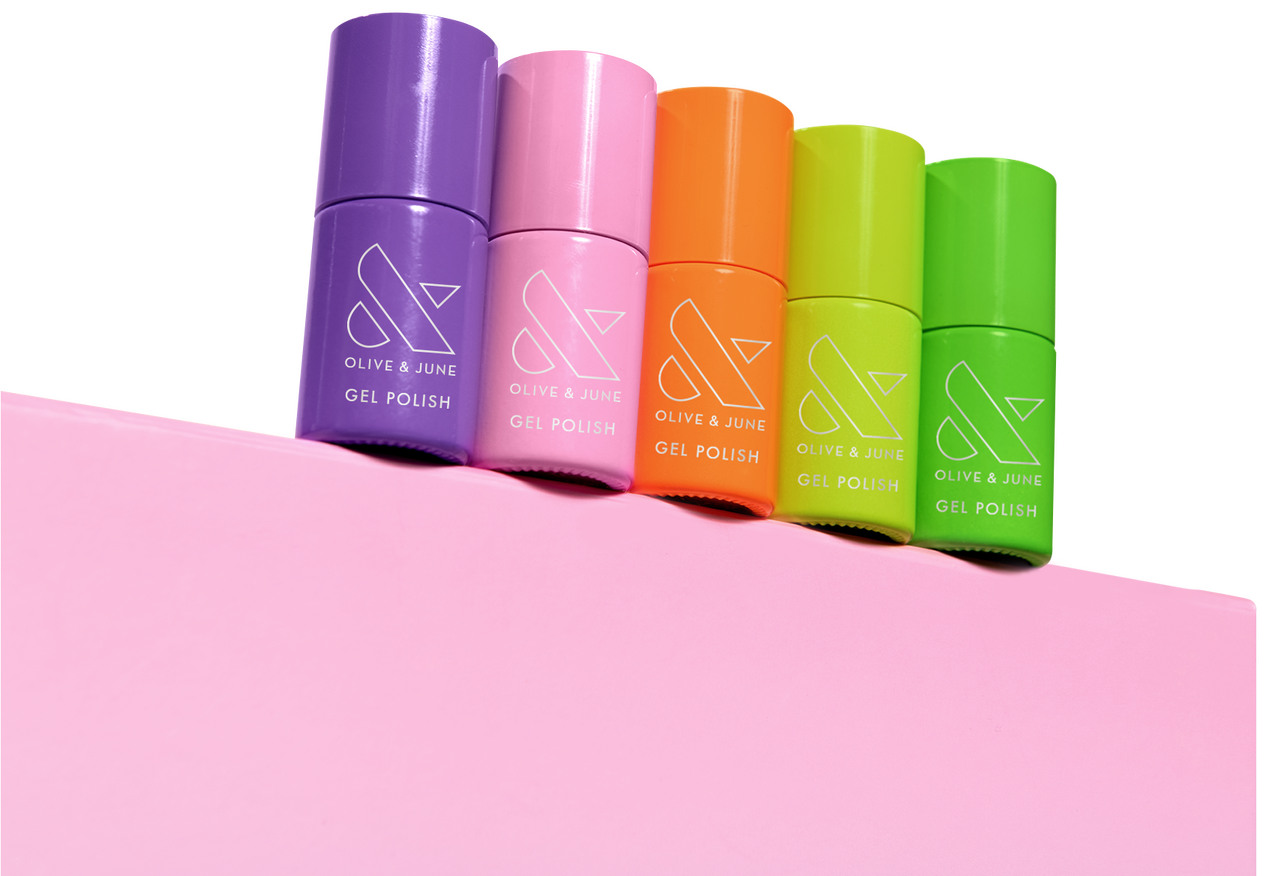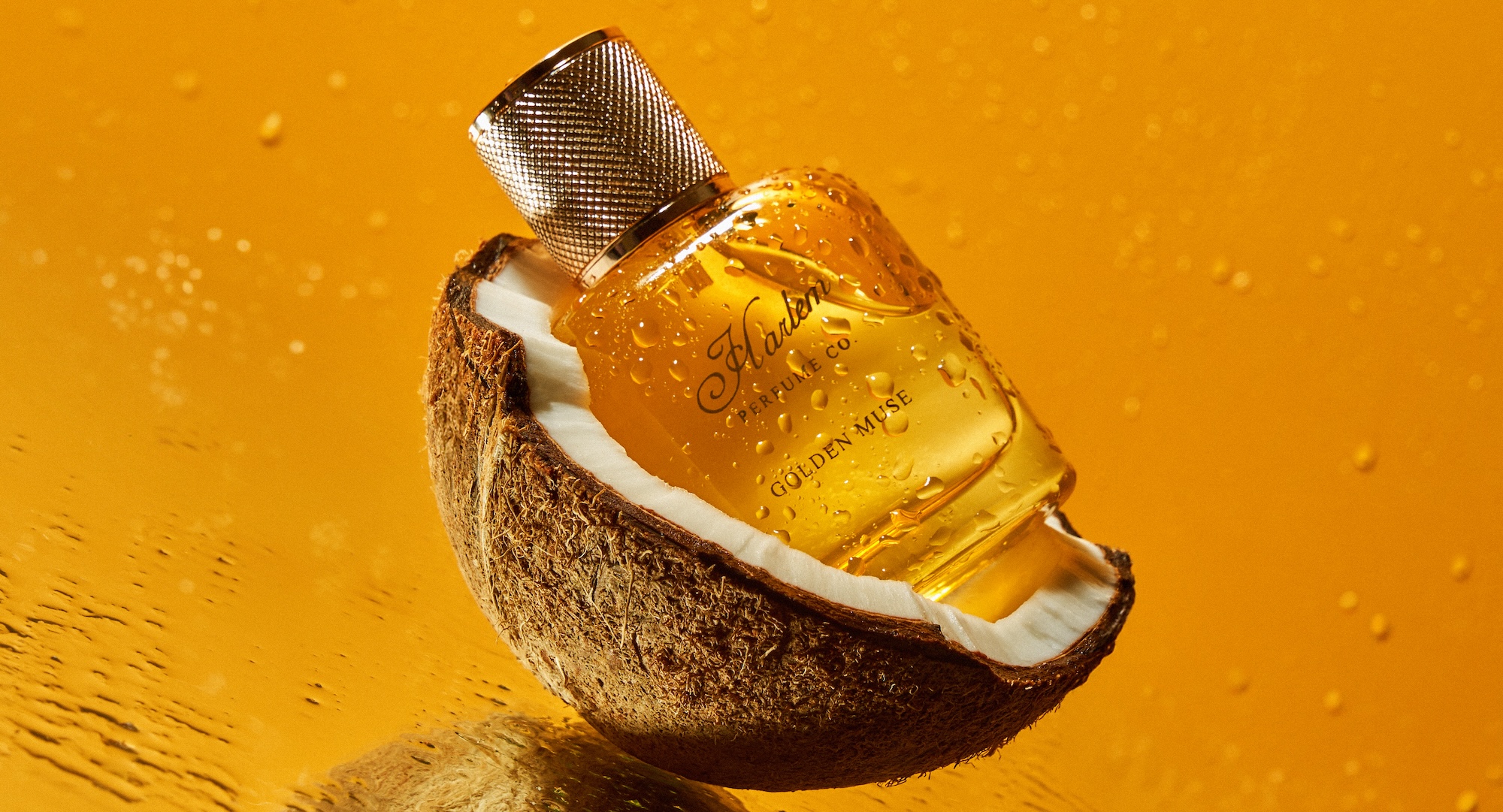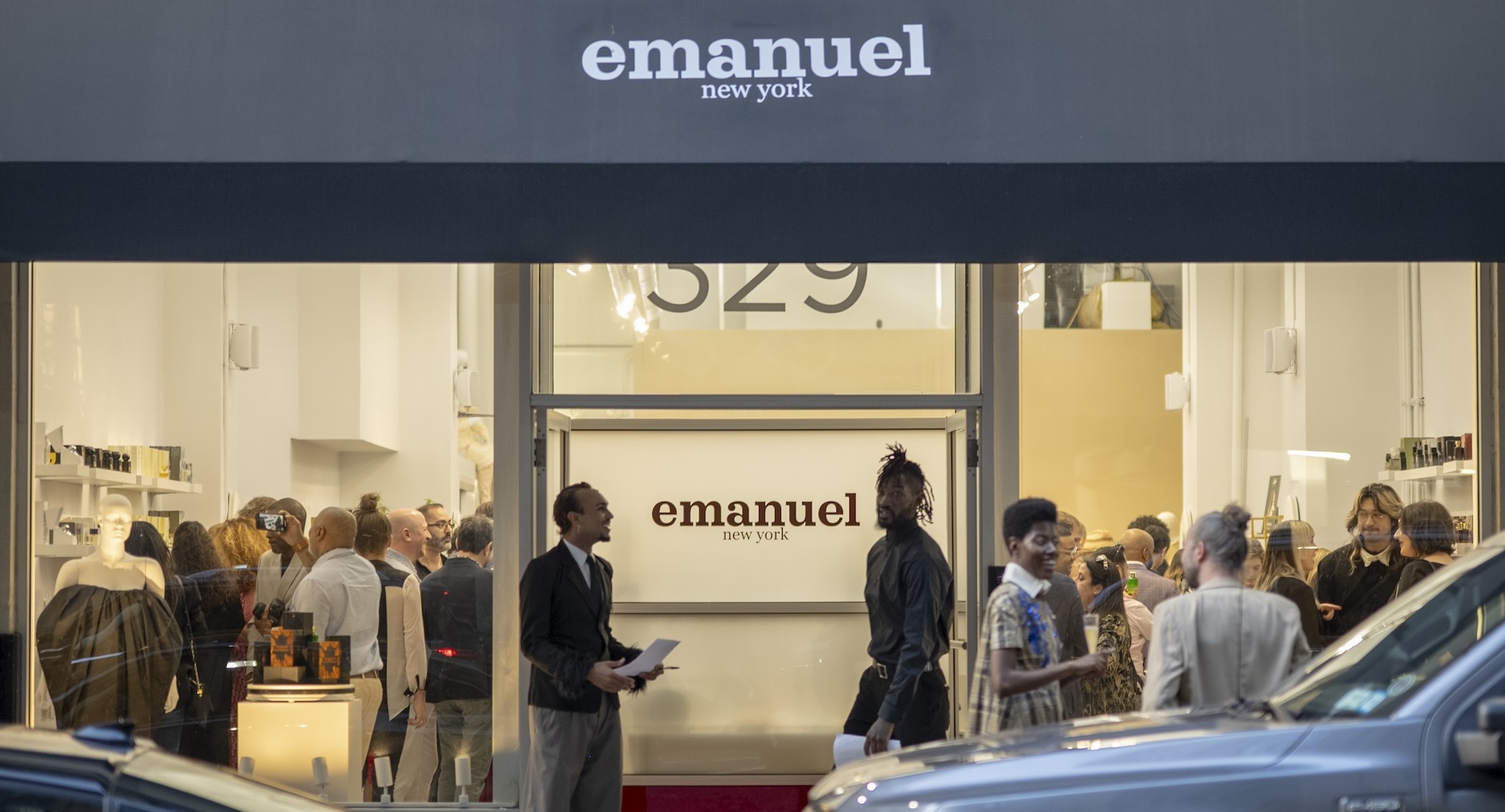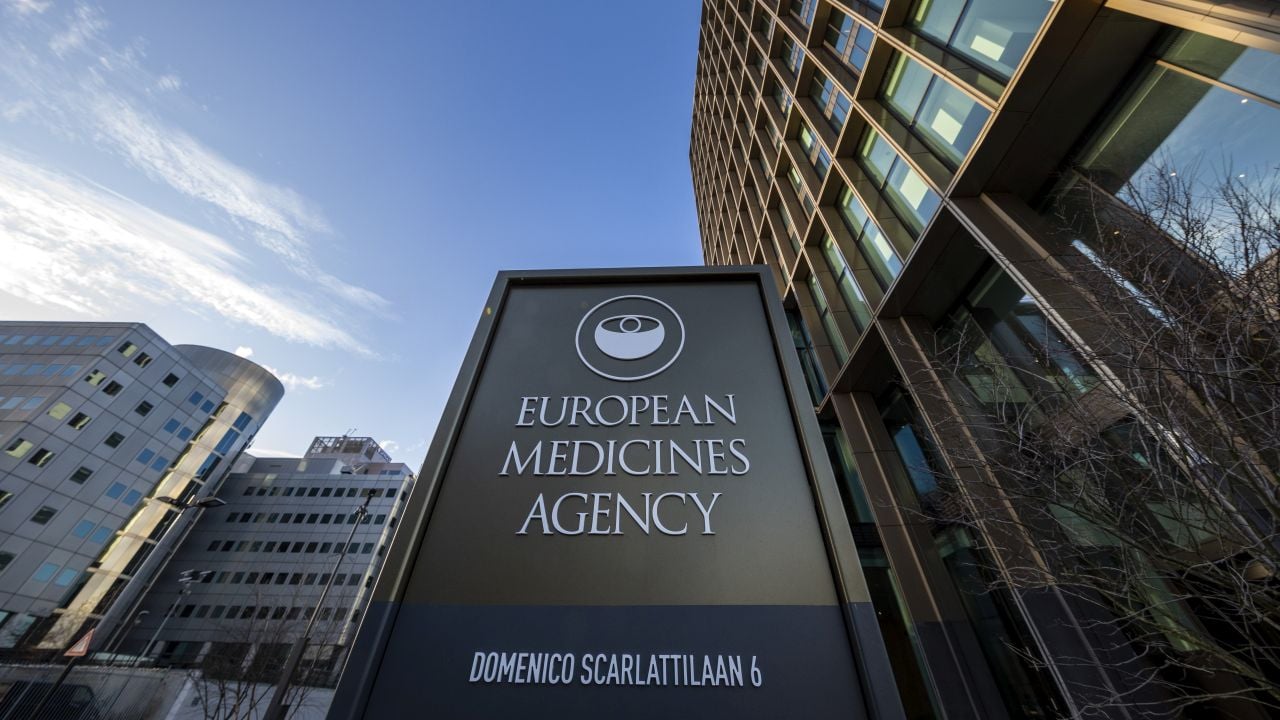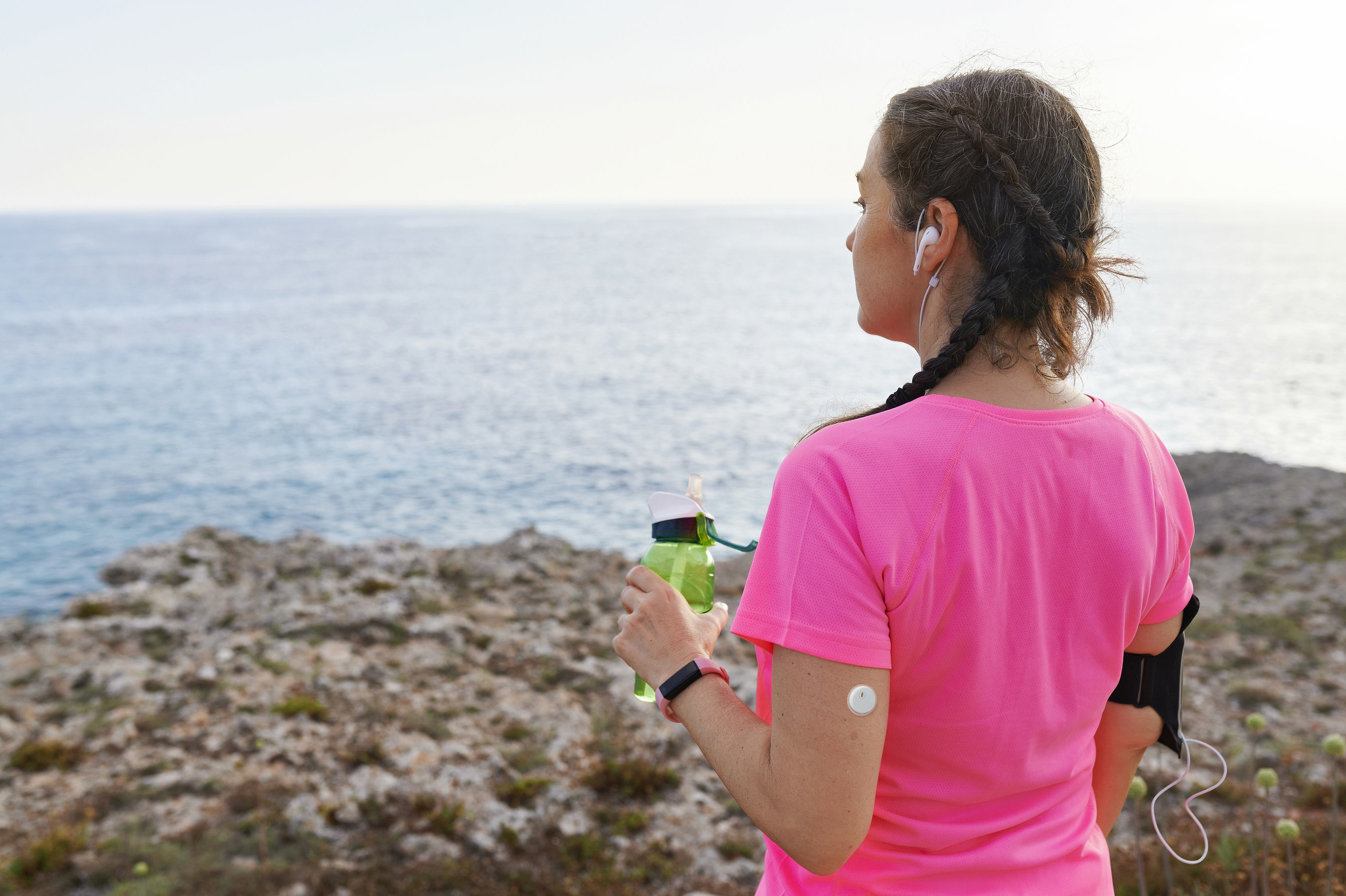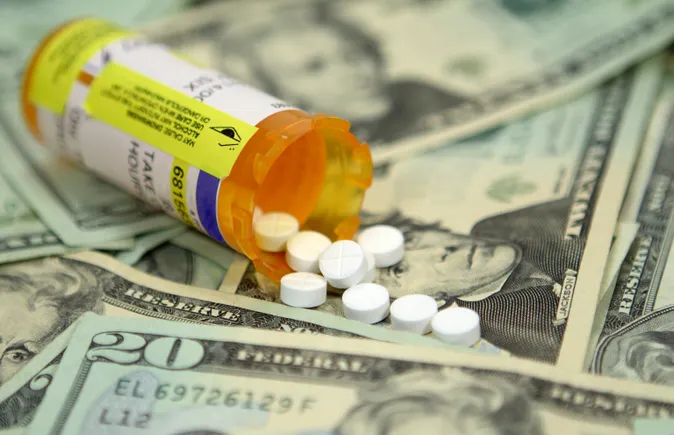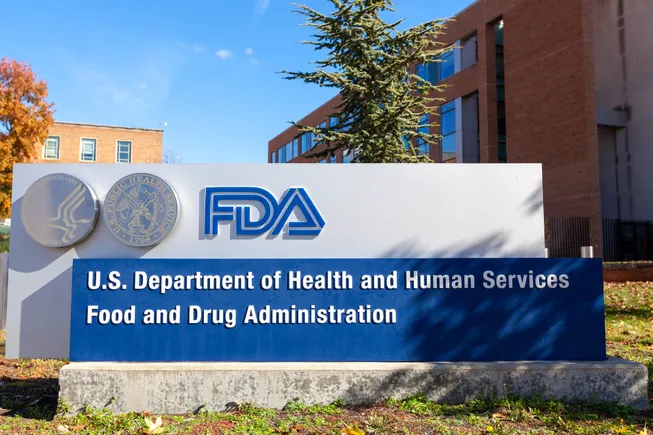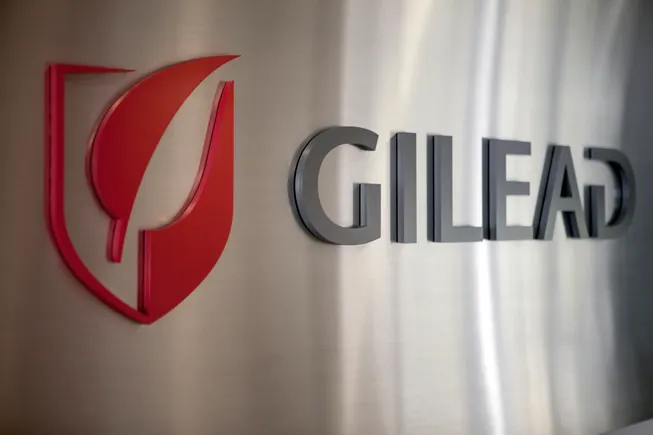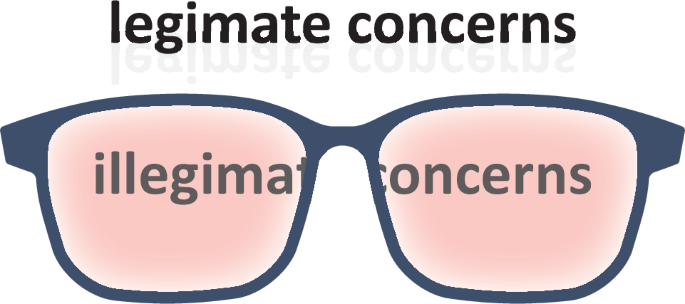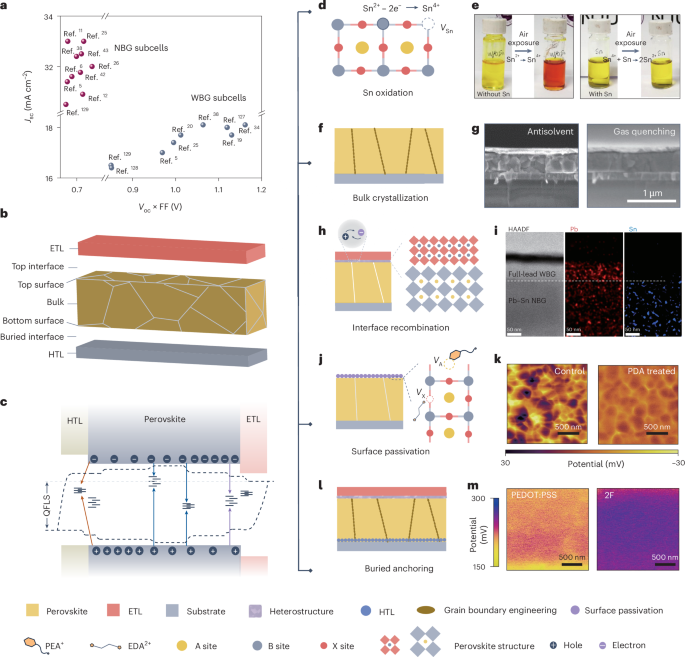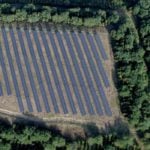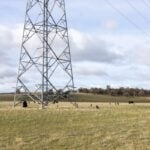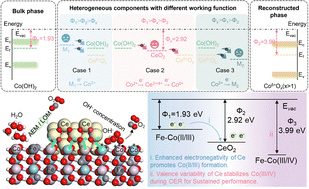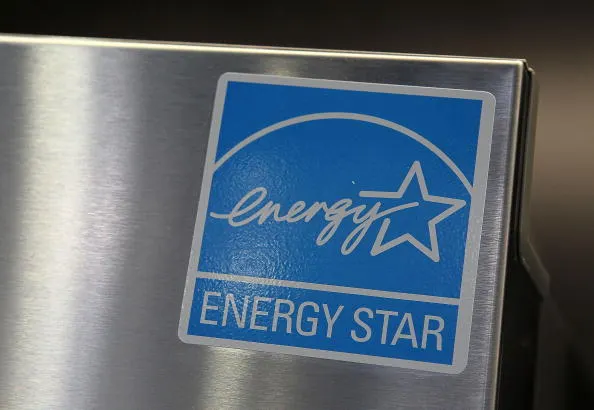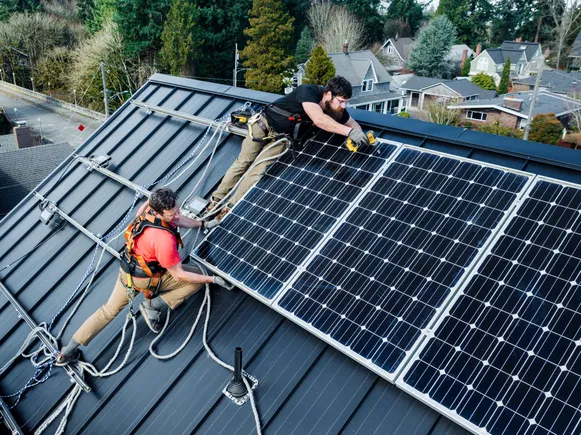Polyphenol Conductive Nanozyme‐Enhanced Redox Hydrogel Coupled with Vagus Nerve Electrical Stimulation for Diabetic Wound Repair
Advanced Healthcare Materials, EarlyView.

This study presents a novel therapeutic approach combining a polyphenol-conductive nanozyme-enhanced redox hydrogel with vagus nerve electrical stimulation (VNS) to accelerate diabetic wound healing. The engineered hydrogel exhibits peroxidase-like activity, effectively inhibiting bacterial infection.When synergistically combined with the nanozyme hydrogel platform, VNS modulates systemic inflammatory responses while simultaneously establishing long-term regulation of the local immune microenvironment of the wound.
Abstract
Diabetic wound repair is complicated by excessive oxidative reactions, bacterial infection, and persistent inflammation. Nanozyme-incorporated hydrogels have shown potential to facilitate diabetic wound repair. This study developed a polyphenol-conductive nanozyme-enhanced redox hydrogel composed of dopamine-grafted fish gelatin, methacrylated silk fibroin, and dopamine-mediated poly(3,4-ethylenedioxythiophene) (PDA-Fe-PEDOT) conductive nanozymes. The PDA-Fe-PEDOT conductive nanozyme confers electrical conductivity to the hydrogel, enabling it to couple endogenous electrical signals at the wound site and transmit exogenous electrical signals to the wound. Additionally, the PDA-Fe-PEDOT nanozyme also imparts hydrogel peroxidase-like activity, catalyzing hydrogen peroxide to generate hydroxyl radicals that effectively inhibit bacterial infection. The hydrogel also exhibits sustained antioxidant effects under exogenous electrical stimulation, reducing intracellular reactive oxygen species and protecting cells from oxidative stress. In vivo experiments demonstrated that vagus nerve electrical stimulation (VNS) regulates systemic inflammation, while the polyphenol-conductive nanozyme-enhanced redox hydrogel regulates local inflammation in diabetic wounds. The combination of polyphenol-conductive nanozyme-enhanced hydrogels and VNS synergistically promoted collagen deposition, angiogenesis, and nerve repair, leading to high-quality wound healing in diabetic wounds, offering an innovative tissue repair strategy that integrates natural dressings with exogenous stimulation.







